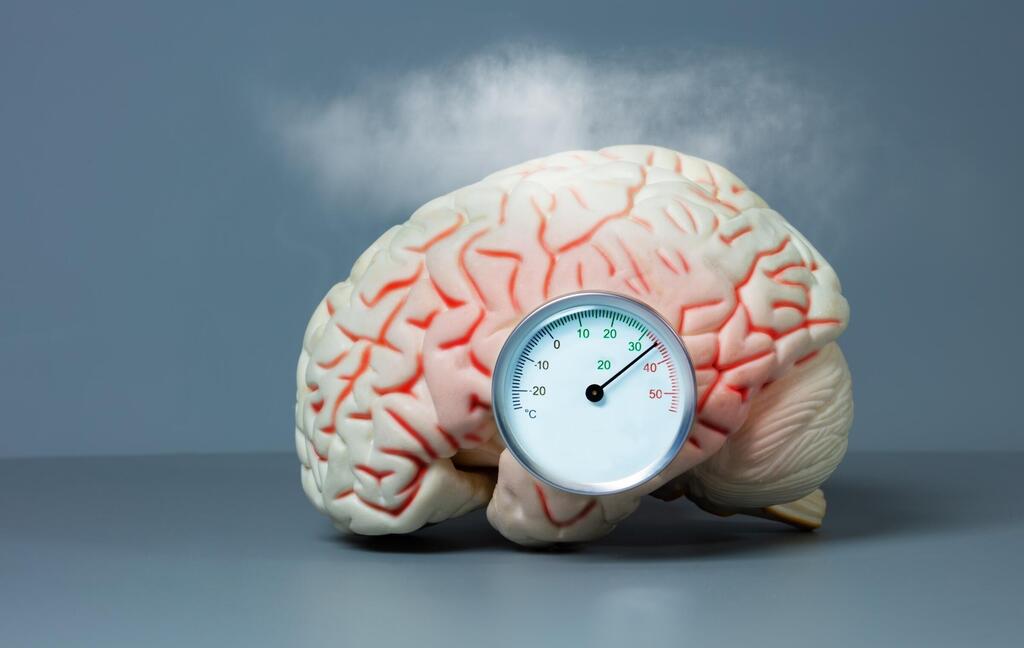Getting your Trinity Audio player ready...
Yawning is a fundamental pattern of behavior. Everyone yawns. It is observed across numerous species, not just humans. Animals such as birds, fish, dogs, cats, crocodiles and more—even human fetuses developing in their mother’s womb - they all yawn. And why does it arouse our curiosity so much? For enthusiasts of science, phenomena that lack an explanation serve as intriguing puzzles for our analytical minds to unravel.
Read more:
To demystify yawning, we start with its definition. According to the scientific definition, yawning is an involuntary physical act during which the individual widely opens their mouth and throat wide, inhales deeply, then exhales in a shorter burst before closing their mouth. We do not choose when to yawn, this action is not under our voluntary control and is usually challenging, almost impossible to suppress a yawn. Despite numerous theories, the exact reasons behind yawning remain largely speculative, offering fertile ground for scientific inquiry. However, scientists have several interesting hypotheses.
3 View gallery


Yawning is an involuntary physical act. A toddler rubs her eyes and yawns
(Photo: Lesterman, Shutterstock)
Why Do We Yawn Anyway?
The truth is, nobody really knows. Many scientists have devoted years to studying this question, raising diverse hypotheses. For instance, thirty years ago it was believed that when the body senses a lack of oxygen or an excess of carbon dioxide, it makes us yawn in order to increase oxygen intake to the lungs and expel excess carbon dioxide. However, this hypothesis was rejected when experiments showed that altering the concentration of oxygen or carbon dioxide in the air people breathed did not significantly affect their yawning frequency. So, contrary to what might seem logical, yawning does not depend on our breathing state.
A more contemporary and more widely accepted hypothesis proposes a different explanation: yawning serves as the body's mechanism for brain cooling. According to this theory, the deep stretching of facial and jaw muscles and the rapid closure of the mouth at the end of the yawn enhance blood flow to the face. The cool air entering the mouth cavity during yawning supposedly lowers the temperature of the blood which then flows toward the brain. There's evidence supporting this hypothesis. In one experiment, researchers noticed that individuals with heating packs placed on their heads yawned more than people without such packs, while those with a cooling bag on their heads yawned less compared to those without. In other experiments with rats, scientists measured the temperature of the rats’ brains using a thermometer and found it to be higher before the yawning and lower after the yawn. Yawns are longer in animals with larger, more complex brains, further supporting the brain cooling hypothesis, as larger brains take longer to cool down. But there is a problem with this hypothesis—it fails to account for the contagious nature of yawning.
3 View gallery


An accepted theory: yawning is a means to cool the brain: a brain experiencing a heat sensation
(Photo: Sergey Novikov, Shutterstock)
Social Yawning
When one person yawns, they can inadvertently trigger yawns in others. Have you ever found yourself yawning after seeing someone else yawn? This phenomenon is facilitated by our brain's “mirror neurons”. These neurons, often dubbed "mimicking" cells, enable us to learn to perform actions by observing others performing them, such as picking up new knitting techniques or dance moves. Research indicates that these neurons are also activated when we witness someone yawning. The contagious yawning phenomenon is also known as “social yawning” and neurologists attribute it to our ability to identify with others. According to this hypothesis, yawning in response to another's yawn serves as a mechanism to convey empathy and solidarity with those around us. Interestingly, individuals with a closer personal connection tend to "catch" yawns more readily from each other. Conversely, those who struggle to empathize with others, such as young children under the age of four or children with autism, are more immune to social yawning. Remarkably, this hypothesis extends to interspecies interactions as well; studies have shown that dogs, for instance, are more likely to yawn in response to their owners' yawns compared to yawns by strangers.
3 View gallery


One study found that dogs tend to yawn more in response to yawning by their owners than in response to yawning by strangers. A dog yawning
(Photo: Reddogs, Shutterstock)
Time to Wake Up
Another hypothesis that may shed light on both our physical need to yawn and the contagious aspect of yawning is known as the "arousal hypothesis." Try to remember, in which situations do you typically find yourself yawning? Is it when you’re tired, bored, stressed, or perhaps just before engaging in a new activity? All of these scenarios are common triggers for yawning. What's the common thread among them? They all involve a need to stimulate brain activity. According to the arousal hypothesis, yawning serves to rouse our brain, giving it a kind of "shake-up" to enhance its functioning
According to this hypothesis, the movement of our facial and neck muscles during yawning activates specialized sensors in the neck region, sending signals of arousal to the brain that have a similar effect to the arousal effect of drinking coffee.This hypothesis also offers a possible explanation into the contagious nature of yawning. This mechanism, which can raise our alertness and also affect those around us, likely served early humans in various situations. For example, in ancient times it could have helped all the members of a tribe to evade a predator while in today’s world it can help all students in a school class to keep attention during a particularly tedious lesson.
It's important to remember that these are only hypotheses; some are supported by compelling evidence, while others are less so. Nevertheless, the widespread occurrence of yawning as a daily phenomenon, preserved over millions of years of evolution and observed across various species, suggests it likely plays a significant role, though the specifics remain elusive. This mystery still awaits resolution by scientists in the future.

